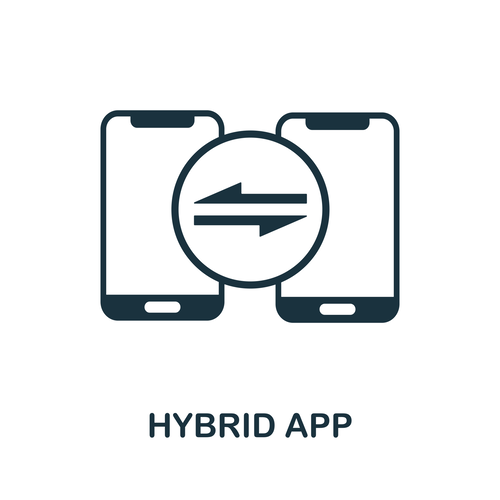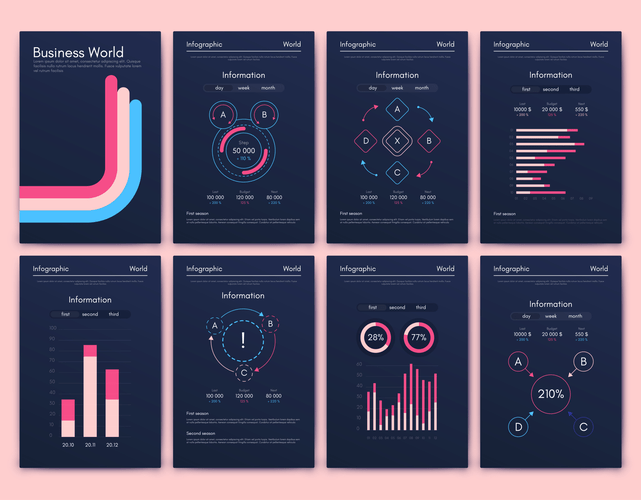He first step in UAT is to prepare test scenarios and cases and identify suitable participants. The testing takes place in a separate testing environment and may span multiple sessions over several days. The process starts with instructing participants on how to correctly perform the tasks, filling in the test scenario forms, and providing feedback. End-users can then complete the test cases while company employees monitor progress and assist with any questions or issues that may arise during the testing process. Appvance is an automation tool that covers functional, performance, and security testing, among other areas.
This grants them the ability to design test cases based on the internal framework, ensuring thorough scrutiny of all code paths, branches, and conditions. White box testing is commonly conducted by developers or testers with programming expertise. Its purpose is to find defects related to coding errors, control flow anomalies, and data flow complications.
More articles on Business Process Re-engineering
To ensure that, in this article, we will provide you with some tips and key points to follow in your testing process. You need to understand your test environment requirements clearly to be able to decide your testing strategy. For instance, does your app depend on integration with a core system back end to display information and notifications to customers? If yes, your test environment needs to provide back end integration to support meaningful functional tests.

Functional testing within OAT is limited to those tests that are required to verify the non-functional aspects of the system. The testing process holds great significance as it helps identify and resolve bugs, errors, and issues before the software is released to users. By validating the expected behavior of the software, it instills confidence in its reliability and functionality. The primary objective is to validate that the software functions correctly and aligns with the expected behavior without considering its internal mechanics. Testers focus on inputs, outputs, and interactions with the software to identify defects such as incorrect outputs, missing features, or usability issues. Independent testers or QA teams typically perform black box testing and do not require programming knowledge.
Think about negative scenarios too
Unit tests are maintained along with the rest of the software source code and generally integrated into the build process (with inherently interactive tests being relegated to a partially manual build acceptance process). Non-functional testing refers to aspects of the software that may not be related to a specific function or user action, such as scalability or other performance, behavior under certain constraints, or security. Testing will determine the breaking point, the point at which extremes of scalability or performance leads to unstable execution.
An effective, organized and established process is a key to carrying out any task, smoothly and efficiently, so as to achieve success. In “Software Development Life Cycle (SDLC)” too, the task of testing is not just limited to executing test cases on the software product. Similar to the process of software development, testing also has a wide process that completes its cycle after going through several phases. This process is not merely a single activity, but it encompasses various stages that allow testers to build a software that has remarkable quality and efficiency. You should use a testing environment that mimics the production environment as closely as possible, but without affecting the existing processes or systems.
Certified Tester Expert Level Assessing Test Processes (CTEL-ITP-ATP)
If the aim is zero software defects, the testing process may never get completed. There are different kinds of software testing levels, types, and techniques. These two terms, Debugging and Testing, are often confused and used interchangeably.
- The continuous models, such as CTP, STEP, and TPI Next, allow an organization to address its highest priority issues with more freedom in the order of implementation.
- To automate your tests, you will first need to write them programmatically using a testing framework that suits your application.
- The work product of monitoring is Report of Progresssion Tests, this report should contains test results, Coverage of tests, Evaluation of quality of component or system tested and Aditional Requests.
- Testing reduces the probability of residual defects or defects remaining in the software.
- Neglecting to implement robust error tracking and logging mechanisms can make it challenging to identify and diagnose issues that occur during the soak test.
- Generally, the entire process requires a significant degree of collaboration between the integration manager, the different functional leads, and the relevant business process owners.
You can easily execute the test process using Cypress, and it leverages its capability to ensure complete software testing. Identify and acquire the appropriate soak testing tools or frameworks test processes for conducting the soak testing. These soak testing tools may include performance monitoring tools, automation frameworks, or load generation tools to simulate user loads or workloads.
How to Make Your UAT Even More Effective
Develop a set of test scenarios that represent typical usage patterns or workload scenarios for the application. Consider factors such as user interactions, transaction volumes, data sizes, and concurrent user loads. Before you can begin soak performance testing, you’ll need to create a suitable test environment and prepare a detailed test plan to support your testing.
Engaging both your functional and business users on a standardized platform from the start is key to ensuring tests reflect actual end-to-end business processes. The right solution will offer collaborative technologies to coordinate among cross-functional, globally-dispersed users, and will be intuitive enough to ensure business users are comfortable with the process. Documentation of your UAT testing strategy and the overall plan is indispensable https://www.globalcloudteam.com/ to the outcome of your current and future tests. Additionally, it’s important to note any successful past use cases, including details about the test structures, management, and outcomes. This documentation will provide a clear and comprehensive guide for the entire testing process. With your UAT process clearly defined, you can now begin testing, address any defects and decide if you should move ahead to production or not.
Jira Software
Visual testing, therefore, requires the recording of the entire test process – capturing everything that occurs on the test system in video format. Output videos are supplemented by real-time tester input via picture-in-a-picture webcam and audio commentary from microphones. A fault that did not reveal failures may result in a failure when the environment is changed. If everything goes fine, you’ll have a test environment to your liking, configured to support your project, with all enablers built to specifications. Let’s set methodology aside for a second, and focus on how you can clock adequate testing. Let’s go back to the example of building a mobile app that can be supported across operating systems, OS versions, devices.

Specifically, every evening, the CI system sends the build to a device farm which runs and manages the automated test suites. When the test results are ready, the automated suite sends the results back to the client. For apps with a global user base, one notable type of testing is localization testing, which tests your app in a variety of locations and languages. This goes beyond just using a basic translation tool, and ensures your app avoids common language or cultural mishaps. Typically, localization testing is done in partnership with QA company with a global network of testers to test the app in the locations of your users. These trends require mobile application testing to happen faster than ever before, placing a greater need for speed and efficiency on QA teams.
Timeline to Stop Software Testing
– Define the entry criteria, and the suspension, resumption, and exit criteria. From these requirements, the test team will start creating a list of test scenarios. The key to successful UAT is adopting industry best practices, including five steps that take you through the process from start to finish. Neglecting to implement robust error tracking and logging mechanisms can make it challenging to identify and diagnose issues that occur during the soak test. Manual testing can be more cost-effective for smaller-scale projects that do not require extensive automation infrastructure.
